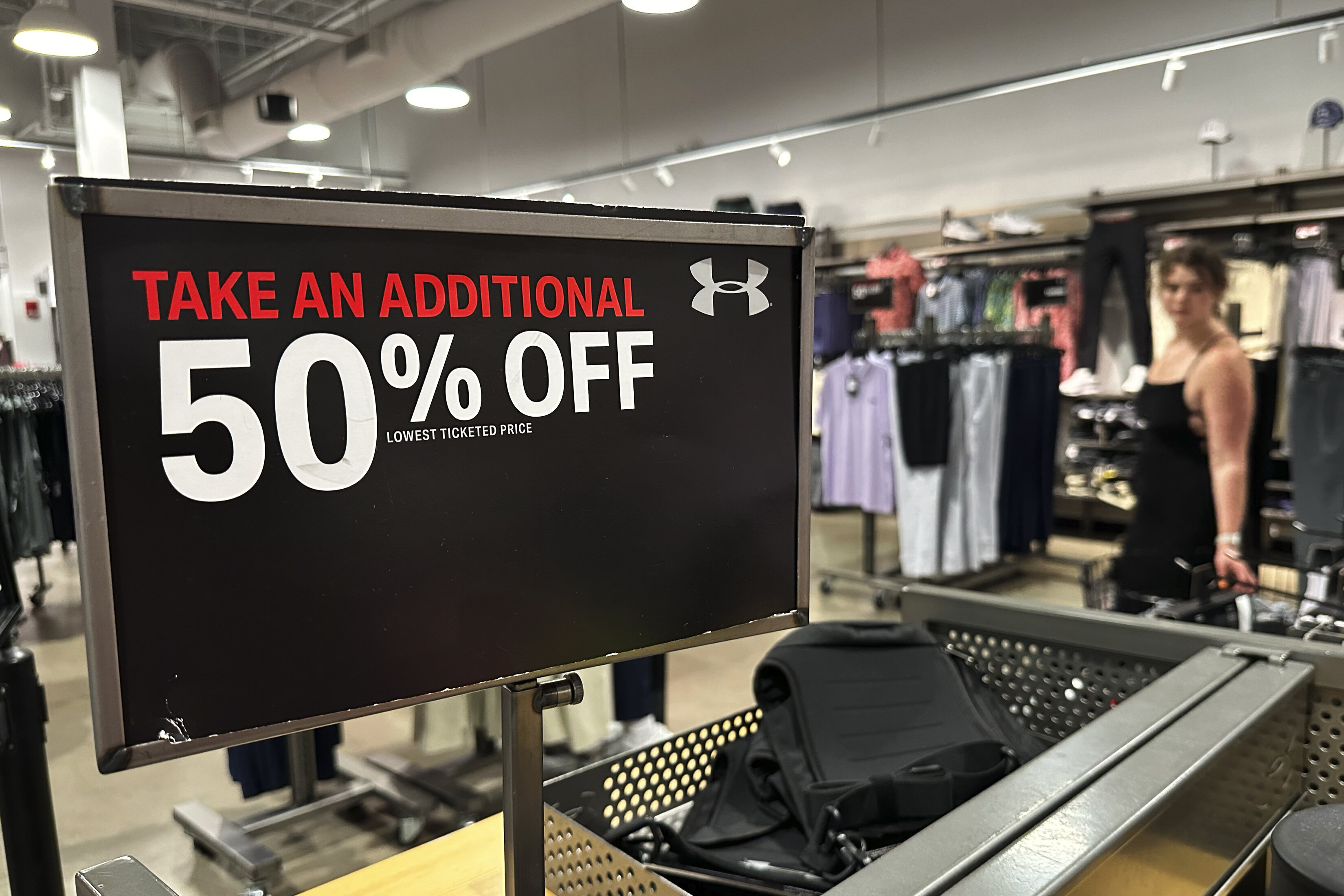U.S. Inflation Cools Again, Potentially Paving Way For Fed To Cut Interest Rates Soon

WASHINGTON (AP) — Inflation in the United States cooled in June for a third straight month, a sign that the worst price spike in four decades is steadily fading and may soon usher in interest rate cuts by the Federal Reserve.
In a better-than-expected report, consumer prices declined 0.1% from May to June after having remained flat the previous month, the Labor Department said Thursday. It was the first monthly decline in overall inflation since May 2020, when the economy was paralyzed by the pandemic.
Advertisement
And measured from one year earlier, prices were up 3% in June, cooler than the 3.3% annual rate in May.
The latest inflation readings will likely help convince the Fed’s policymakers that inflation is returning to its 2% target. A brief pickup in inflation early this year had caused Fed officials to scale back their expectations for interest rate cuts. The policymakers said they would need to see several months of mild price increases to feel confident enough enough to cut their key rate from its 23-year high.
The June figures will qualify as another installment of the more good inflation data the central bank has been seeking. Should inflation remain low through the summer, most economists expect the Fed to begin cutting its benchmark rate in September.
Even as inflation slows, though, the costs of food, rent, health care and other necessities remain much higher than they were before the pandemic — a source of public discontent and a potential threat to President Joe Biden’s re-election bid.
Advertisement
In June, gas prices plunged for a second straight month, tumbling 3.8% on average nationwide from May. Gas prices are now down 2.5% from a year ago.
Grocery prices ticked up by a slight 0.1% last month, the first increase in five months, and are just 1.1% higher than a year ago.
Excluding volatile food and energy costs, so-called core prices climbed just 0.1% from May to June, below the 0.2% increase in the previous month. Measured from 12 months earlier, core prices rose 3.3% in June, down from 3.4% May. Core prices are thought to provide a particularly telling signal of where inflation is likely headed.
The cost of new and used cars also fell last month. Used car prices, which soared during the pandemic, have dropped 10.1% in the past year.
Rental and homeownership costs, which make up more than one-third of the consumer price index, rose at a slower pace last month — 0.3% from May to June. That is the mildest such increase in nearly three years, and it could signal that a long-awaited slowdown in rental price increases has finally arrived. Still, rents in June were still up 5.1% compared with a year earlier, a much faster rate than before the pandemic.
Advertisement
The Fed has kept its key rate unchanged for nearly a year after having aggressively raised it in 2022 and 2023, leading to costlier mortgages, auto loans, credit cards and other forms of consumer and business borrowing.
Inflation is now far below its peak of 9.1% in mid-2022. Other measures suggest that the economy is healthy, though slowing: Unemployment is still relatively low, hiring remains steady and many consumers continue to travel, eat out and spend on entertainment.
In the second half of 2023, core inflation cooled steadily, raising expectations that the Fed would cut its key rate up to six times this year. But then fast-rising costs for auto insurance, apartment rents and other services kept inflation elevated in the first three months of this year, leading Fed officials to downgrade their forecasts for rate cuts in 2024 from three to just one. Wall Street traders expect two rate cuts this year, with the first one coming in September.
In testimony Tuesday to Congress, Fed Chair Jerome Powell noted that the job market has “cooled considerably” and is “not a source of broad inflationary pressures.” That marked a notable shift from his past comments, which had suggested that rapid wage growth could perpetuate inflation because some companies would likely raise their prices to offset their higher labor costs.
Instead, last week’s June jobs report showed that even as hiring remained healthy, the unemployment rate rose for a third straight month to a still-low 4.1%. More Americans have started looking for work, but some have encountered trouble finding jobs. Most of the economy’s hiring in recent months has come from just three sectors: Government, health care and a category that includes restaurants, hotels and entertainment companies.
Advertisement

Comments are closed.